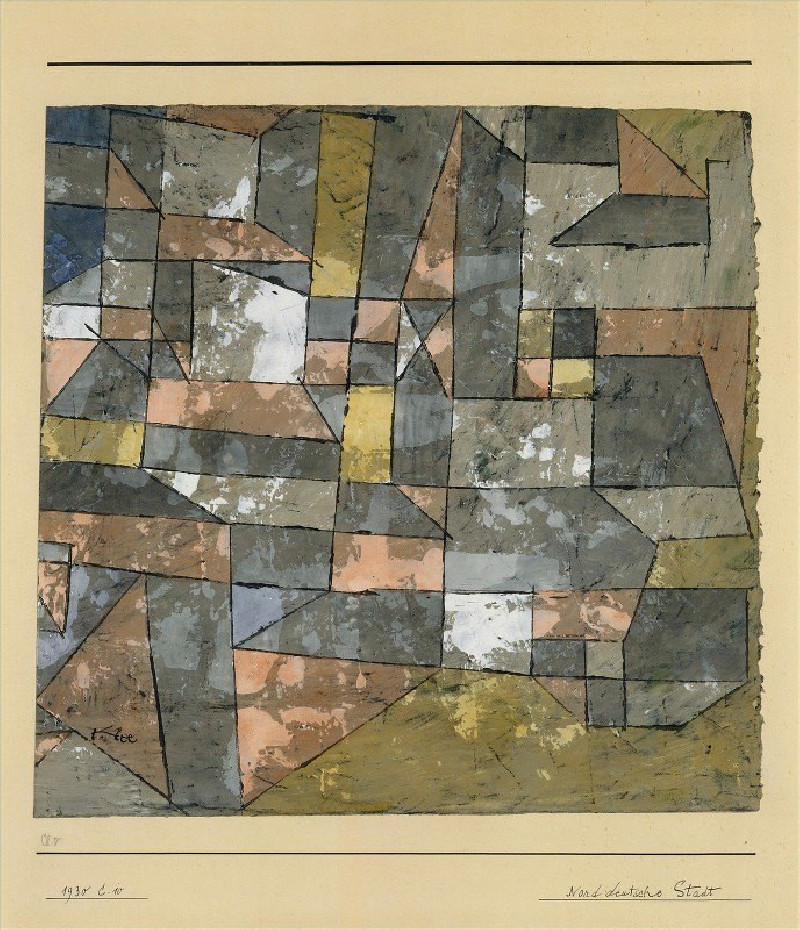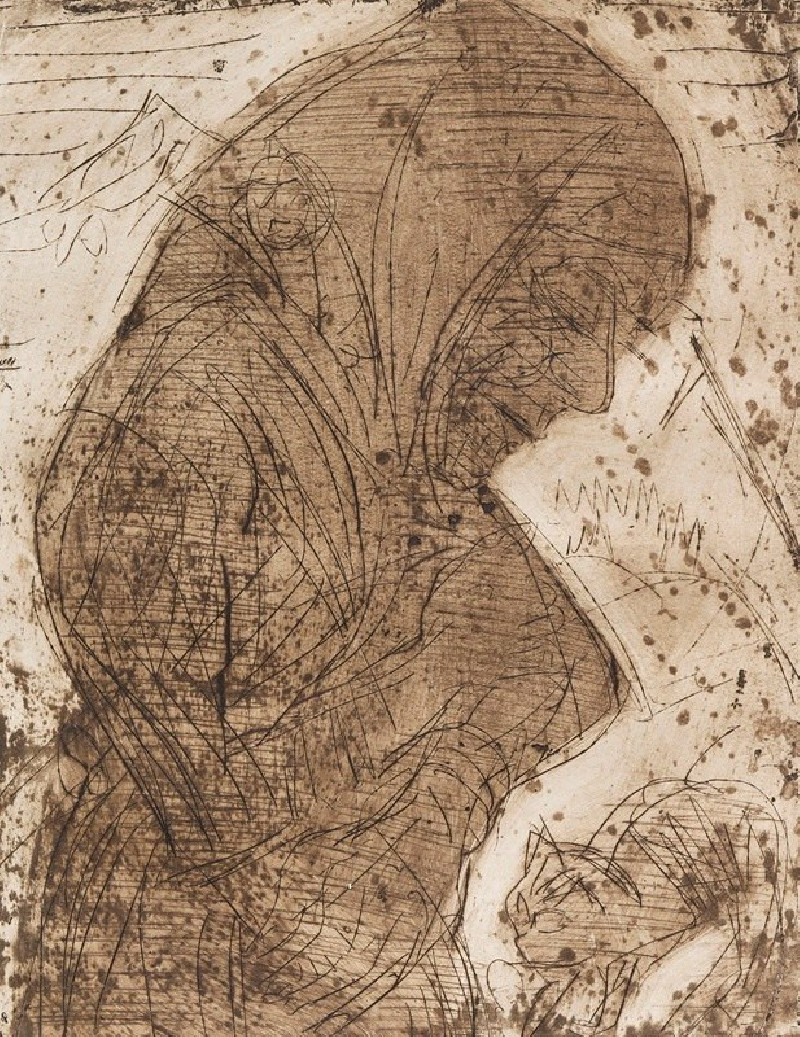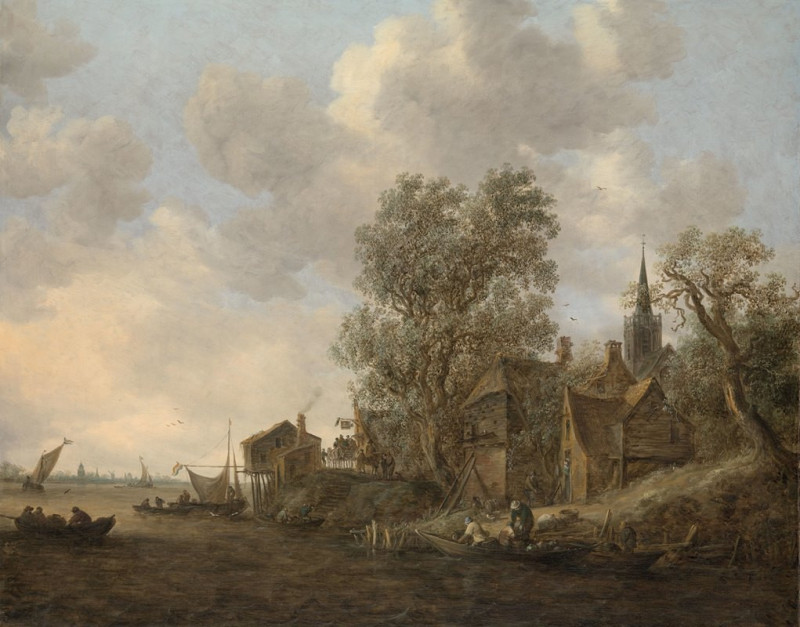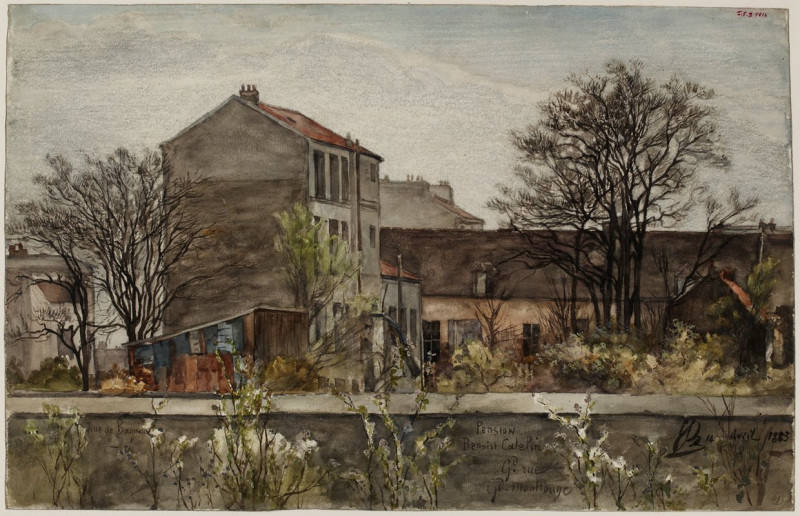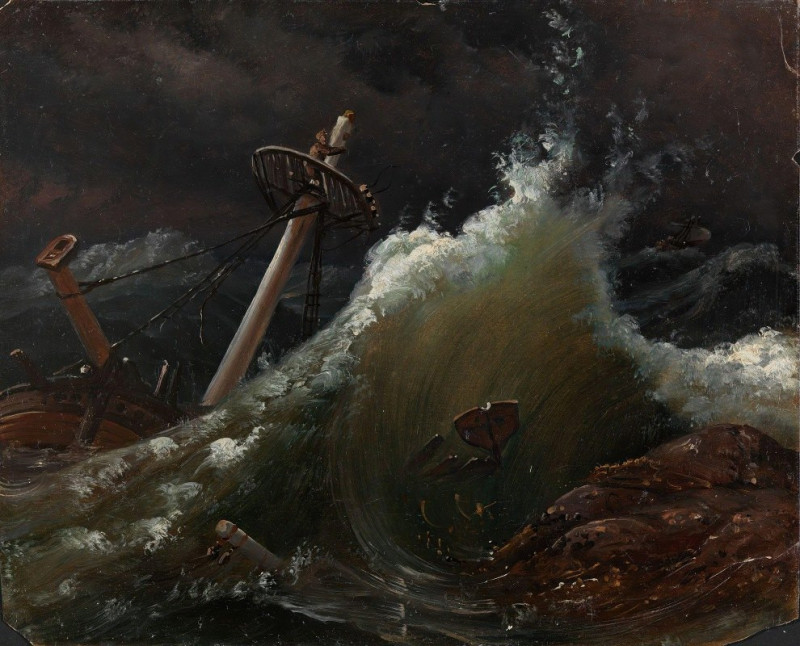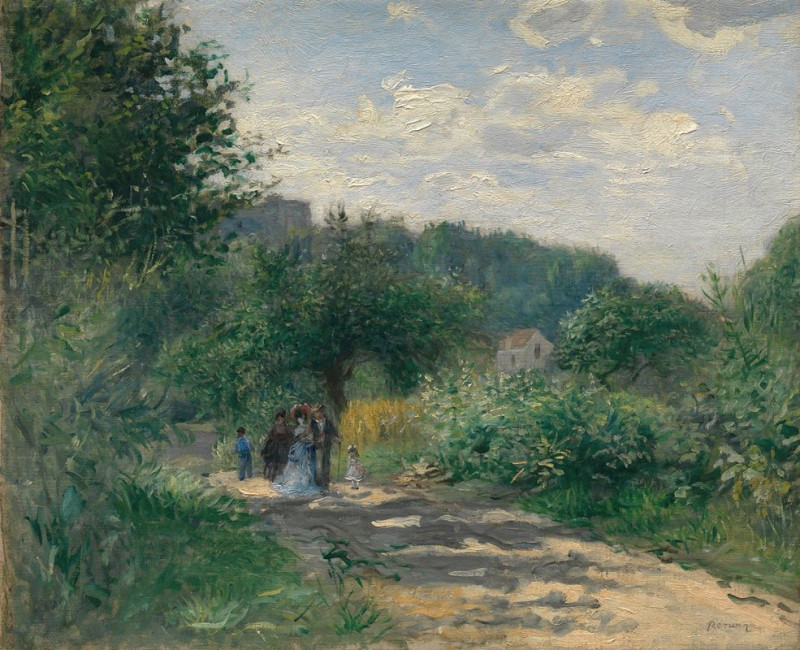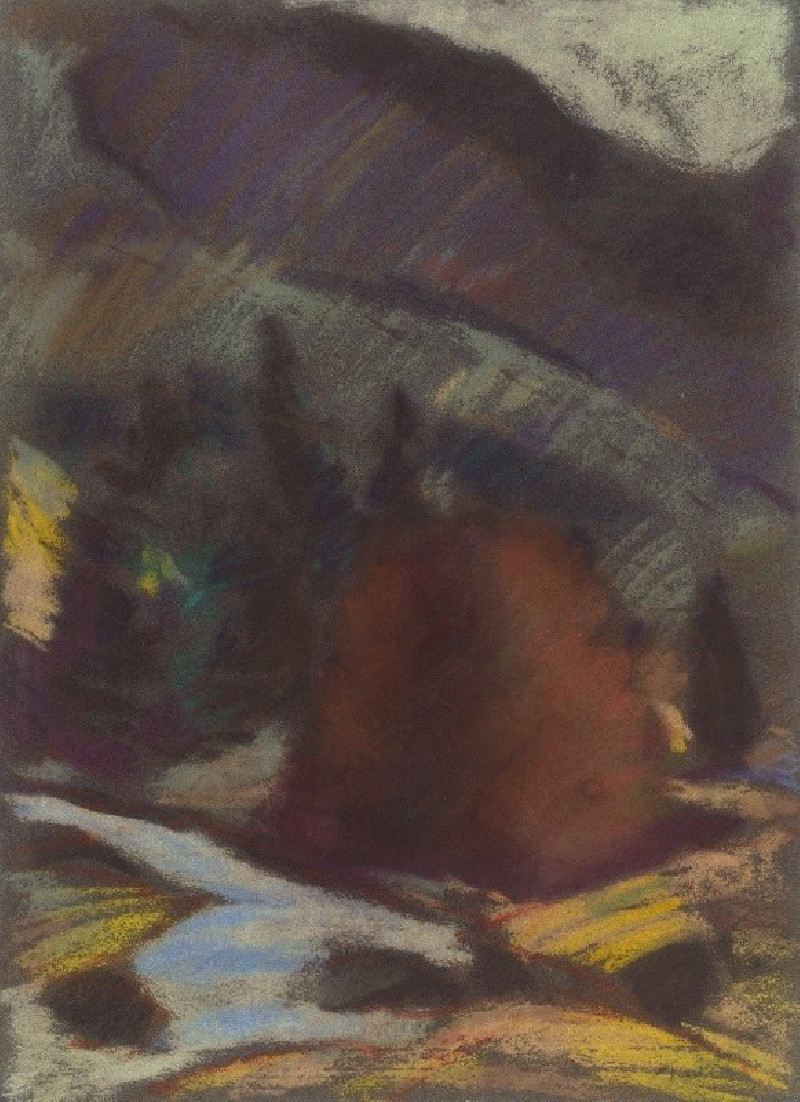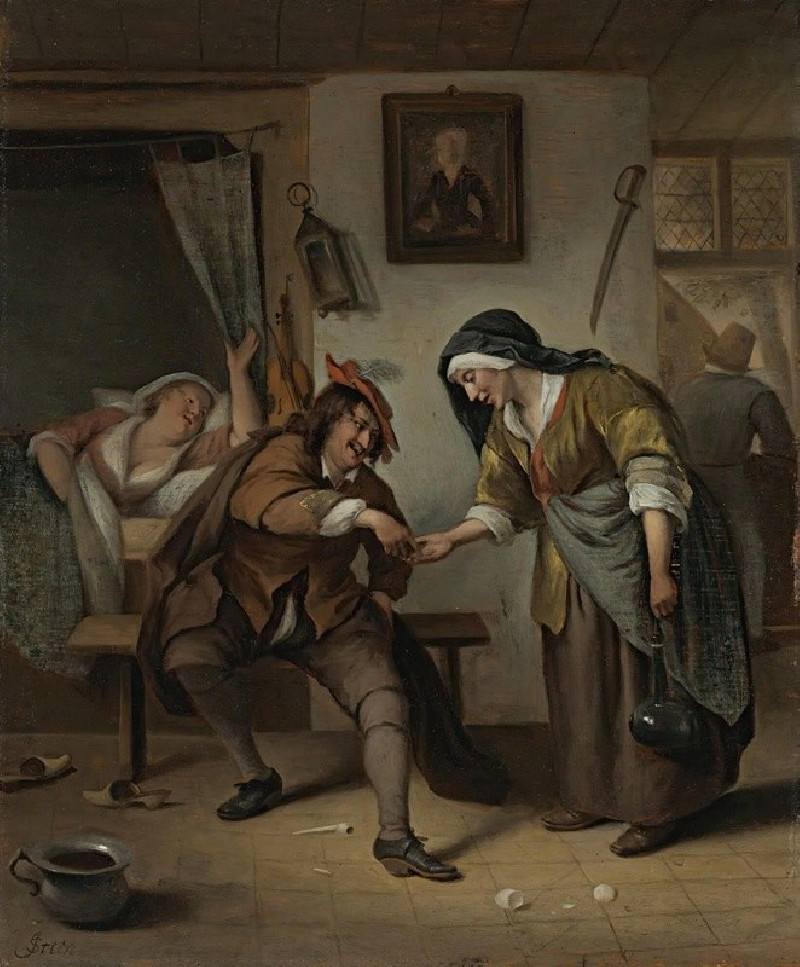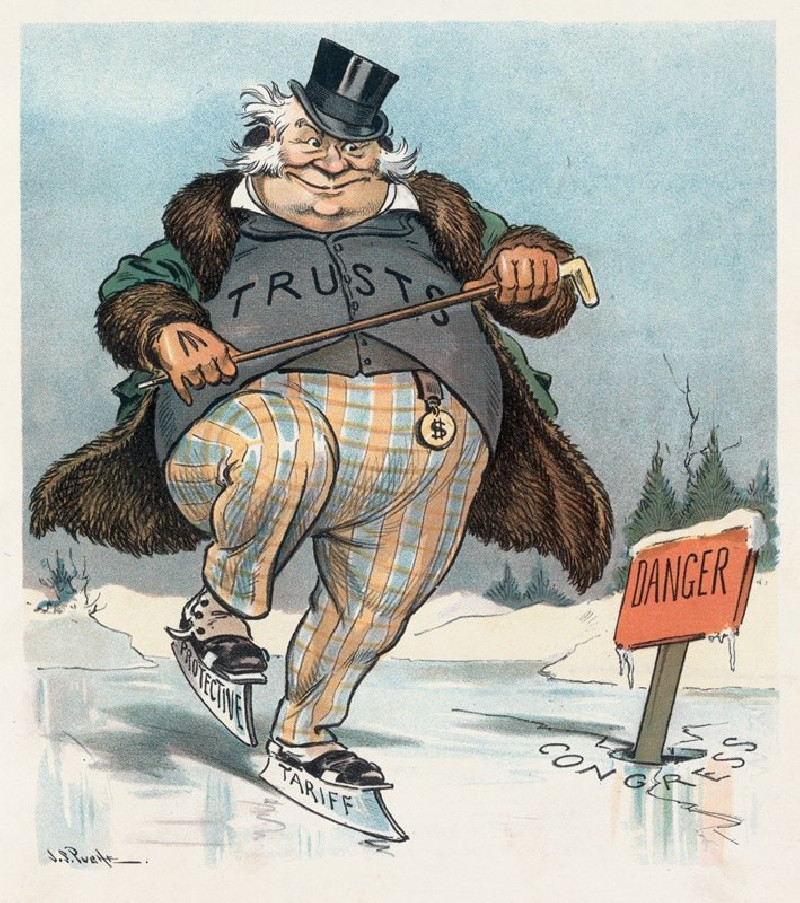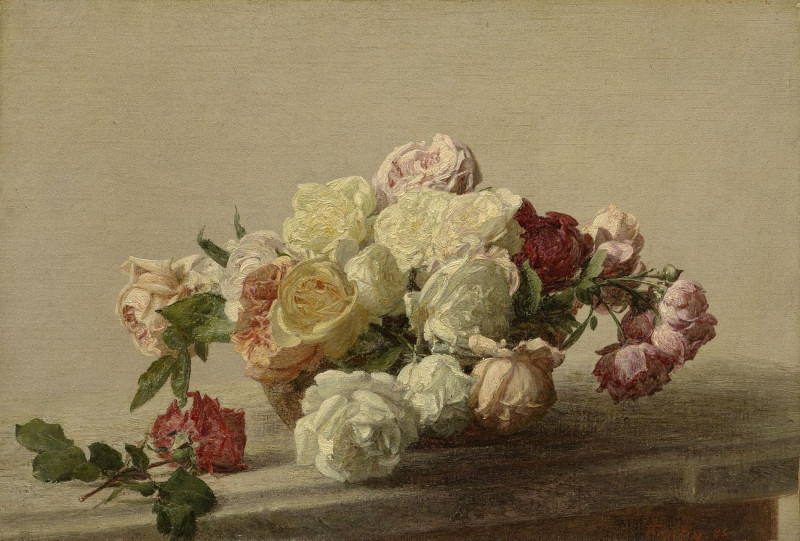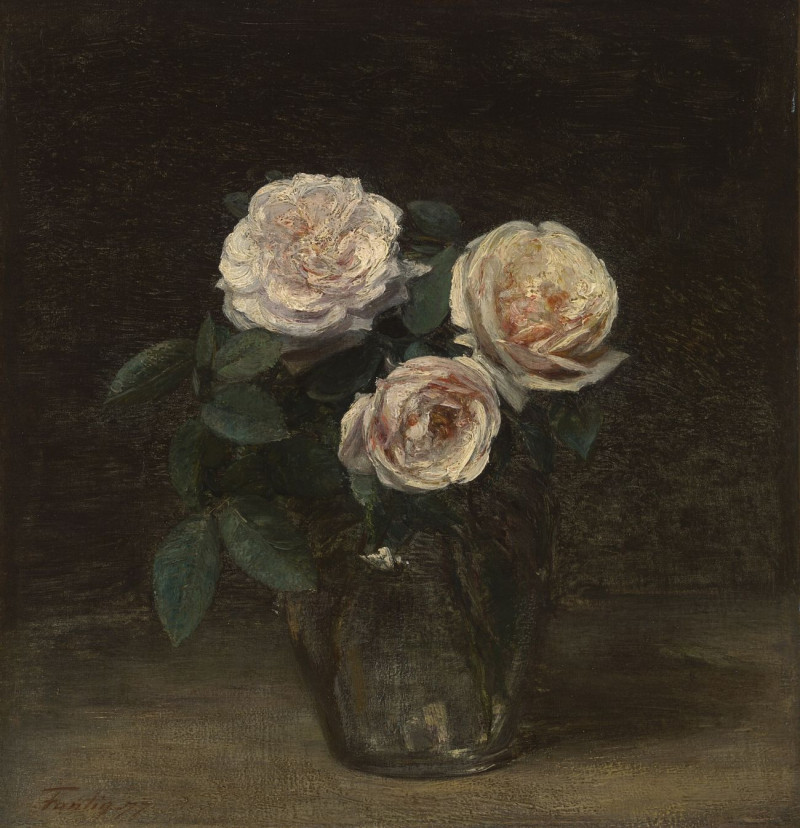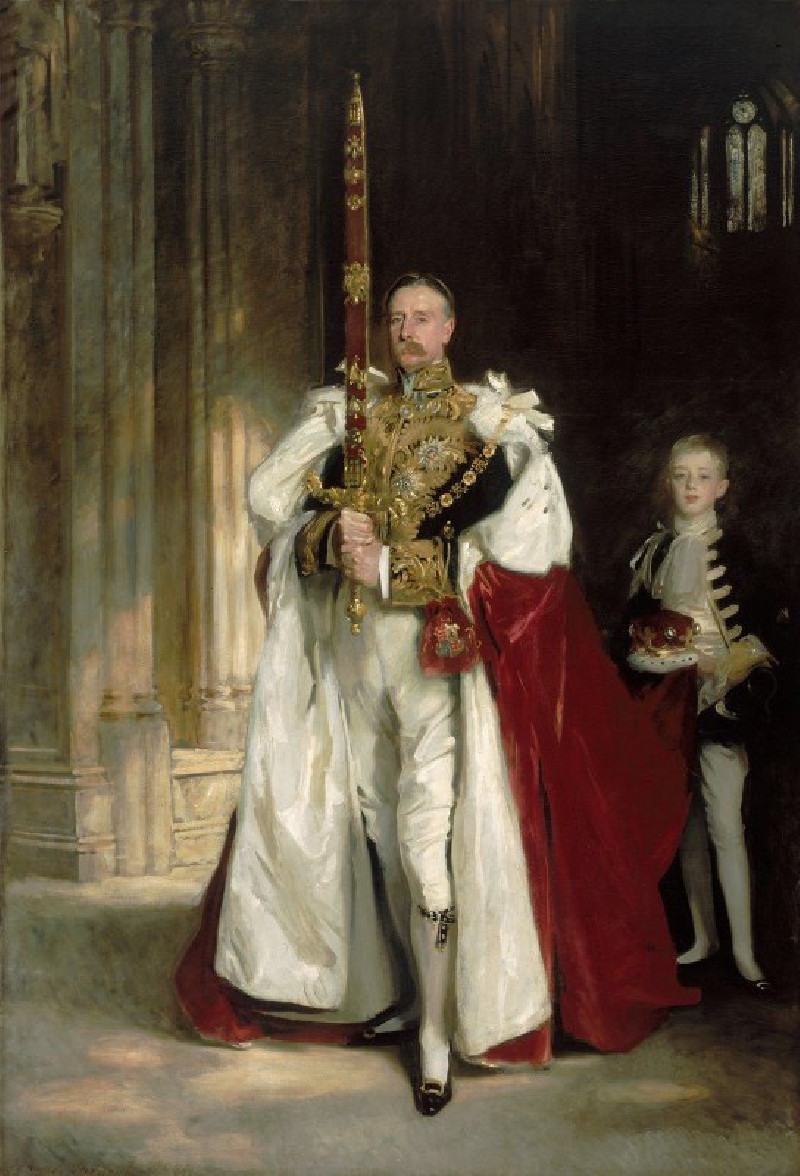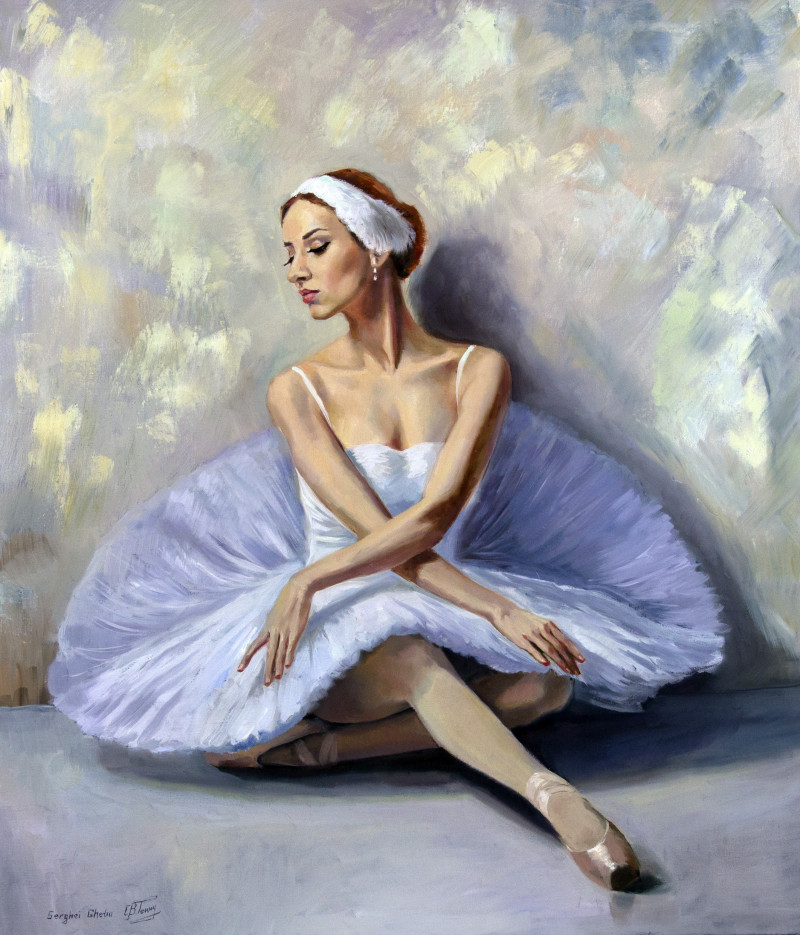North German (1930)
Technique: Giclée quality print
Recommended by our customers
More about this artwork
“North German” by Paul Klee, painted in 1930, stands as a striking exemplar of Klee’s transcendent blend of abstraction and figuration. This enigmatic work features an intricate mosaic of colored shapes that together create an implicit cityscape, likely inspired by the northern regions of Germany.Each segment within the composition, rich in earthen tones interspersed with shades of blue, white, and yellow, suggests elements of architecture and urban design. The artistic interplay of geometric forms conjures a sense of depth and the bustling dynamic typical of a city, yet abstracted to a point where the city's outline merges with pure color and form harmoniously.“North German” reflects Klee’s profound capability to distill emotion and environment into fundamental components of line and color.
Delivery
Returns
Paul Klee was a Swiss-born German artist. His highly individual style was influenced by movements in art that included expressionism, cubism, and surrealism. Klee was a natural draftsman who experimented with and eventually deeply explored color theory, writing about it extensively; his lectures Writings on Form and Design Theory (Schriften zur Form und Gestaltungslehre), published in English as the Paul Klee Notebooks, are held to be as important for modern art as Leonardo da Vinci's A Treatise on Painting for the Renaissance.

